It’s vacation time and we are are in Austria for our summer home leave. Our hope for cooler weather seems to have been just that, wishful thinking. So we decided to get closer to the Danube, hoping for a river breeze at least. We were on our way to Dürnstein, an hour away from Vienna.
Dürnstein is a small town on the Danube river in the Wachau region of Lower Austria. Besides being known for its vineyards, it is also famous for the castle where Richard Lionheart was held prisoner, for its apricots and also somewhat unexpectedly, for the revival of saffron.
Upon arrival and on our way to the old town, we walked past the vineyards with their growing juicy grapes slowly getting ripe for harvest which will take place in Fall.
Once you cross the threshold of the old city gate, green gives place to orange. The apricot is king here and there are a wide range of products that derive from it. There are liquors, pastries, jams, creams, soaps, shampoos, you name it.
Even apricot ice cream which we had to try. A must at the wonderful traditional bakery Schmidl which has also great bread, pastries and apricot liquors.
We decided Richard Lionheart would have to wait a bit longer. Patience is a virtue. A virtue he had to show in the 14 months he spent in captivity in Austria and subsequent time in a German cell.
Since it was almost noon, the sun was too hot, high above our heads. Shade was sought by many and not so easy to find. We walked the streets looking for a refuge until lunch time and finally found the perfect place.
It was a former Augustinian monastery founded in the 15th century. After its dissolution in the late 18th century it came under the control of the “Augustinian Canons” (monks) of the monastery of Herzogenburg until today. Once you enter the courtyard, you get a glimpse of the famous white and blue tower which is a landmark in the region.
We decided to take refuge inside the church and were greeted by a very unusual but appropriately original collection box.
Displayed in the church’s interior is a rich baroque style introduced in the first half of the 18th century.
We sat down in silence, admiring the beauty and taking in the moment, grateful for the cool and peaceful atmosphere.
Suddenly a group arrived, led by a nice Austrian lady guide who started explaining about the history of the church, pointing out the baroque details. We followed her explanations and when it was time to move further inside to the cloister, restricted to guided tours, she kindly invited us to join.
The cloister is beautiful with very unique decorative pieces.
There are two very special Baroque art treasures. One is the impressive crib by Johann Schmid and the other is the Holy Sepulcre scene, staged as a theatre of the time (1731). A very unique way of making us, the “audience”, reflect.
After the beauty of art. comes the beauty of nature, in particular of the Danube river. Once we stepped to the outside terrace, there it was, the greatly desired Danube breeze and the river in all its glory.
The villages by its banks take full advantage of the proximity and particularly in the summer heat, people venture in and bathe in its waters. We could see them from the church terrace and felt a bit envious, wishing we could join them bathing in the Danube.
The cruise ships were also full at this hour, ready to explore the riverbanks and as if receiving a blessing from above.
It was time to leave the ghosts of the past behind. We cast one last look at the beautiful abbey and monastery that had been built high in this impressive rock cliff overlooking the Danube. We were feeling hungry and wanted to have lunch, to gain some strength for the ascent towards Richard Lionheart’s prison.
After a hearty lunch at a traditional restaurant topped by the famous apricot dessert, “Marillen Knödel” we were ready to start the ascent towards the castle.
The castle can easily be spotted from the village. There is a difficult and an easier path to go up. In view of the heat, we chose the easier one, but it takes you at least 20 to 25 minutes to get to the top. Going up, there are different stations with information about the historical figures involved and the theories for Richard’s capture.
In history there are often no certainties and always several versions of any event depending on which side you are standing. I happen to be standing on the Austrian side plus I’m married to one, but I’ll try to give you all the theories put forward.
So it was October 1192 and Richard Lionheart was on his way home after what had proved to be a gruelling campaign during the 3rd Crusade. There had been many losses among the Crusade allied armies due to sickness, desertions and deaths in battle.
The Crusade victory was in reality a partial one. The establishment of the kingdom of Cyprus, regaining control over the coastal territories (from Tyre to Jaffa) and the return of Tiberias had been important victories.
But the main aim had not been achieved. Conquering Jerusalem and liberating the holy city from muslim control had not succeeded. That had forced a three year agreement with Saladin, the muslim commander, to assure the safety of pilgrims in Jerusalem.
It was time for Richard Lionheart to return home. He was worried. On one side, the falling out with King Augustus of France had put at risk Richard’s possessions in Normandy. On the other side, his brother John’s ambitions seemed to be getting out of control.
Nobody knows exactly why Richard chose this particular route to go home. It was probably due to a series of factors. During the crusade, his strong character had made him powerful enemies.
Besides falling out with Philip of France, he had insulted Duke Leopold of Austria, leader of the German Imperial forces and had even upset Henry VI, Holy Roman Emperor, by supporting the king of Sicily against him.
So going back home was no easy task. France and Italy were going for obvious reasons, to be difficult to cross. Spain was in the hands of the muslims and the North Africa coast was full of pirates.
He ended up entering the Adriatic and sailing north. It seems bad weather made him stop at Corfu and then forced him into land near Trieste. He came to land disguised as a Templar knight with just a few companions. It seems he was trying to reach his brother in law’s lands, Henry the lion, Duke of Saxony.
A few days before Christmas he was recognised in the outskirts of Vienna and arrested by the men of Duke Leopold of Austria.
Leopold accused Richard of planning the murder of his cousin Conrad of Montferrat but it was probably the insult of taking down Leopold’s standard from the walls of Acre during the crusade that weighed more. According to Austrian sources, when Leopold had asked Richard for his part of the spoils, Richard threw his flag on the floor and stepped on it in contempt.
So Leopold had Richard incarcerated at the Dürnstein castle. Going up, nature is lush and protects you from the sun. But I doubt Richard had time to appreciate it. That and the beautiful view over the Danube as well.
Instead Richard spent months, desperately waiting to hear about his fate, even composing a song in French to his half sister Marie de Champagne, in which he expressed feeling abandoned by his people and family.
Negotiations for his release lasted a long time. Richard stayed at Dürnstein 14 months being then passed to the hands of Henry VI, the Holy Roman emperor and finally imprisoned at Trifels castle until the ransom for his release was paid, around 2 years after his capture.
Both Leopold of Austria and Henry VI had broken the law, as Pope Celestine III had declared that knights going to and coming from the Holy Land could not be detained. As a consequence, the Pope was forced to excommunicate both.
The ransom paid was extremely high for the time. 100.000 marks made two or three times the annual budget for the English crown. The money was gathered by Richard’s mother Eleanor of Aquitaine, who had to sell many of his assets and raise taxes across the kingdom to gather the sum. Richard Lionheart was finally released in February 1194 and could return home to deal with his brother.
Standing on the remains of Dürnstein castle, I can’t help thinking about the desire for power which has made rulers stop at nothing to get it. Often with disregard for their own people and many times for their allies. European leaders at that time did not show much unity, even when they were expected to be on the same side. Over time they seem to have learned from the past and realised that we work better together.
It was great to finally see the place where Richard was made prisoner and understand better the reasons why. As a child, I had seen Richard only as a hero, a good man who had been wronged by many. But even heroes have their faults and it is always good to find out about the different sides of a story.
Leaving a king and knight’s troubles behind, there was another piece of history I wanted to know more about before leaving Dürnstein. That of saffron in Austria. Even more so now, that I live in Iran, which dominates 90% of its trade.
When you think about Austria you wouldn’t think saffron. So I was curious to meet Bernhard Kaar, sole responsible for the reintroduction of the plantation of saffron in Austria. What led this ecologist and botanist to leave his job with the EU commission in Brussels and become a full time saffron farmer?
We met him in his shop at the old railway station, which has also become the family farm and where he holds his seminars to teach people from all over the world about saffron.
Bernhard Kaar was very welcoming and explained a bit of how he came about the history of saffron in Austria. In the beginning nobody believed when he said there had been a saffron culture in Lower Austria. He was vindicated, when research led him nearby to Melk Abbey and its old library.
There he found two different sources that mentioned the production of saffron in the region. One from 1776 mentions the tons of saffron traded that year. The other from 1797 had been written by a monk who wrote about the history of saffron and stated his regret on the decrease in its production.
Saffron originates from Crete in Greece. Legend states, that the first bulbs were brought to Austria by the crusaders in 1200. Due to the good climatic and soil characteristics of lower Austria, saffron thrived here. Unfortunately it went into decline in the 19th century and after 1850 there is no more mention of its cultivation in Austria.
So after more than a hundred years Kaar realised his dream of reviving its production. It is a small scale production and Kaar wants to keep it that way. The harvest in Autumn is done with the help of his wife and their friends. Their saffron is organic. He privileges quality above everything else and the products that derive from his production are sold exclusively at his shop. He wants people to know the story behind them and the saffron culture in Austria directly from him when they buy their products.
One of his priorities is to educate the future generation about this ancient tradition by going to schools and sharing his knowledge. His seminars are additionally an important vehicle to share his knowledge.
He also funded a Brussels based Saffron research network to preserve the history and the techniques used, as its culture in countries like Greece and Italy seems to be coming to an end.
Being summer, one of the busiest times, he was low on several of his products. Usually you can find saffron chocolate, saffron salt, saffron vinegar, saffron honey, saffron almond liquor which we tasted and we really liked and even the saffron bulbs to start your own production. To commemorate 10 years of their saffron venture, the kaars launched chocolate coins with a saffron ganache cream filling. We also saw saffron pasta.
We ended up by buying this wonderful saffron honey that you can see in the picture. I love it. As I am unfortunately pressed for time during this vacation, I didn’t yet have the opportunity to attend one of his seminars or visit the saffron plantation. Ideally it would be nice to see the bulbs blooming and witness the harvest. Maybe one day I will be able to do that and write more about this fascinating tradition in lower Austria.
As you know I admire people who preserve tradition by reviving products and techniques from our cultural past that would be otherwise lost.
If you are interested in visiting the shop or attending one of Bernhard Kaar seminars, you can find out more or contact him through his website.

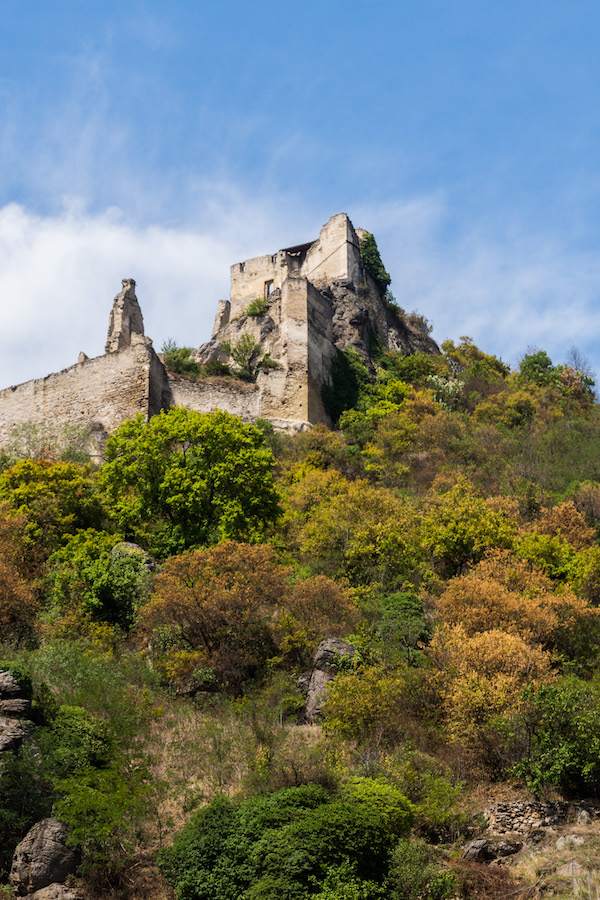
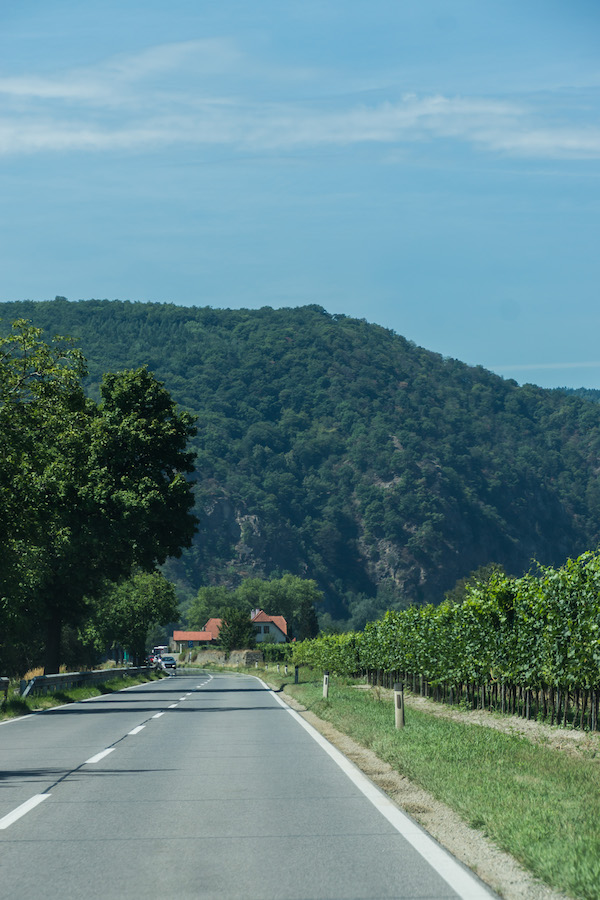
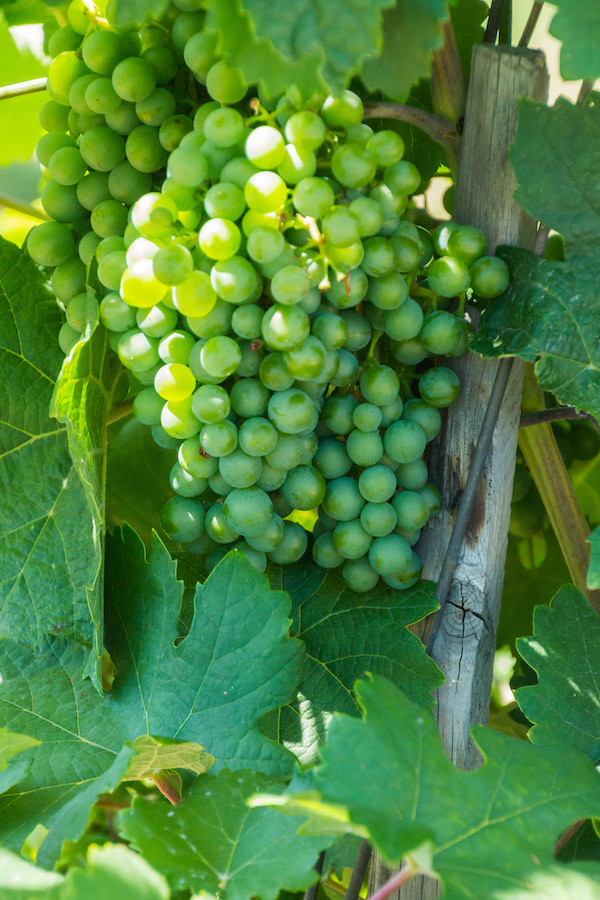
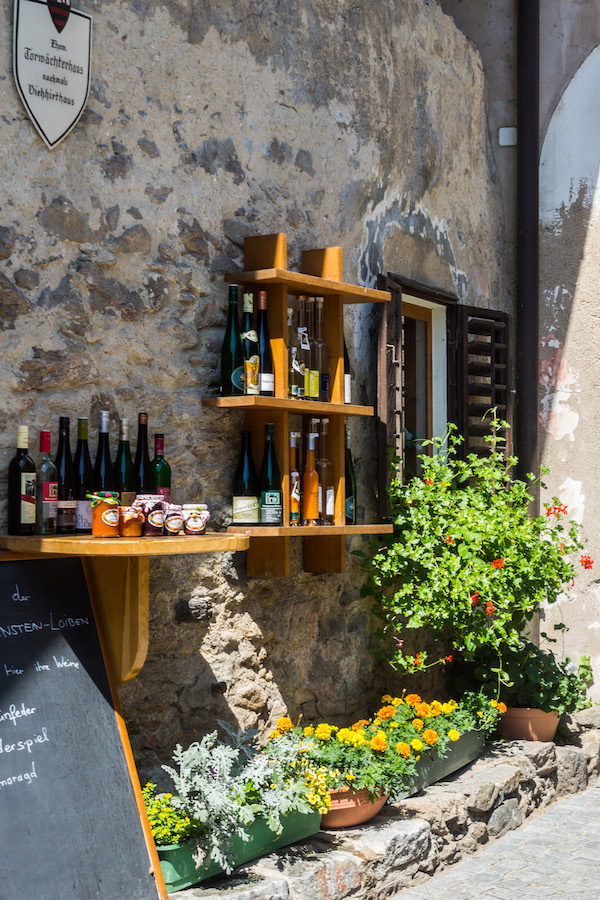
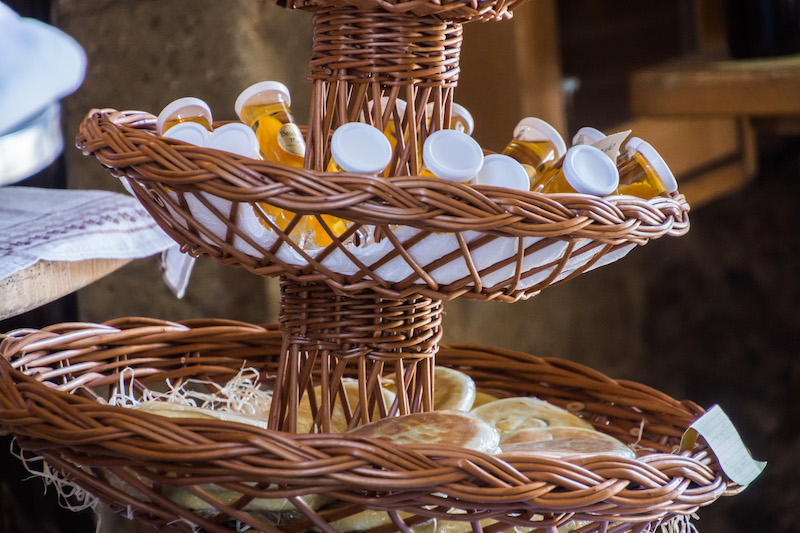
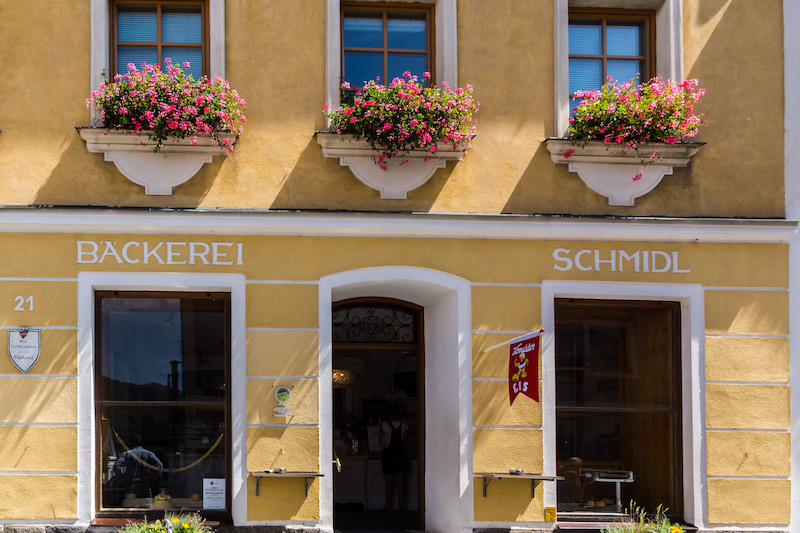
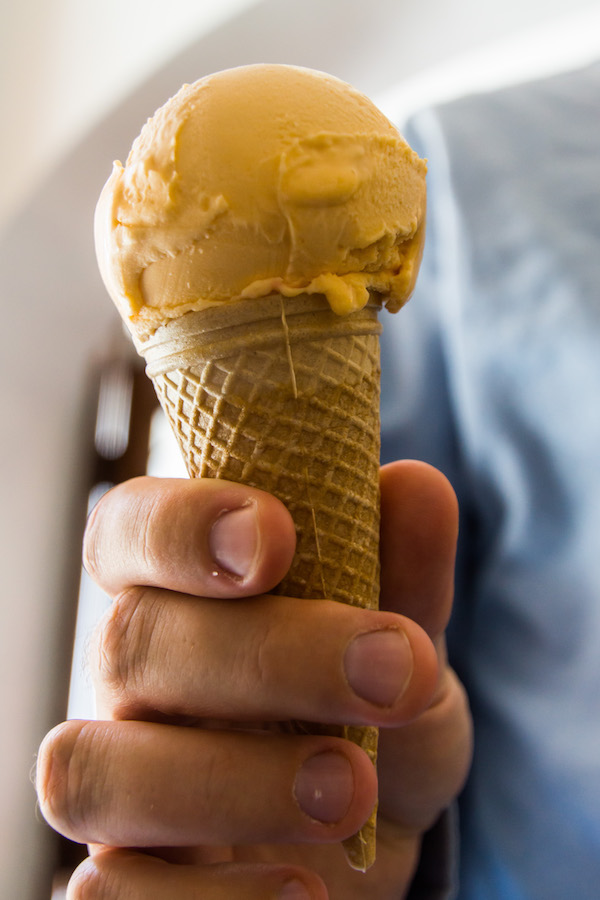
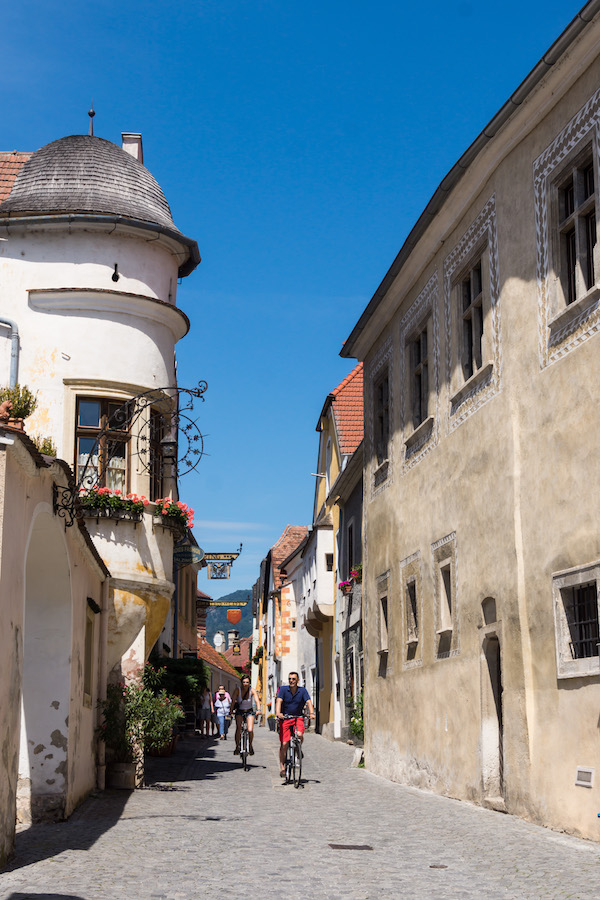
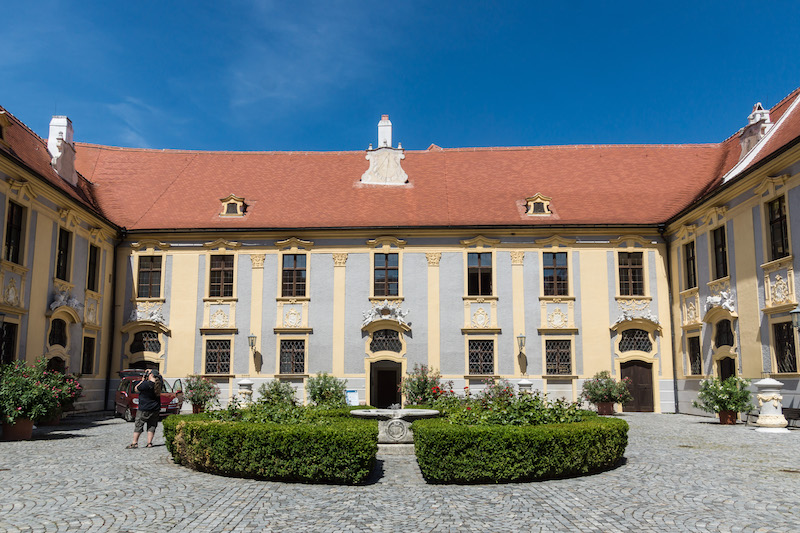
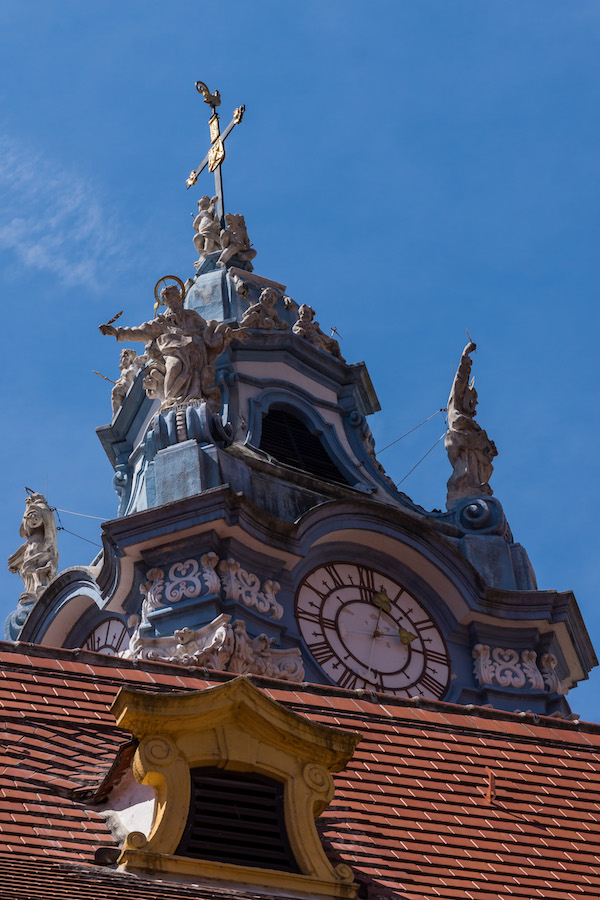
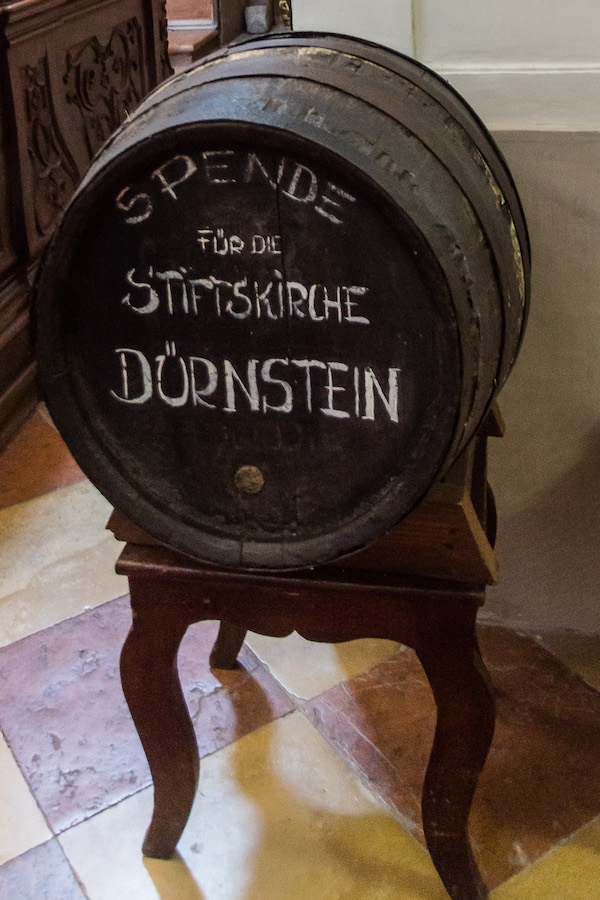
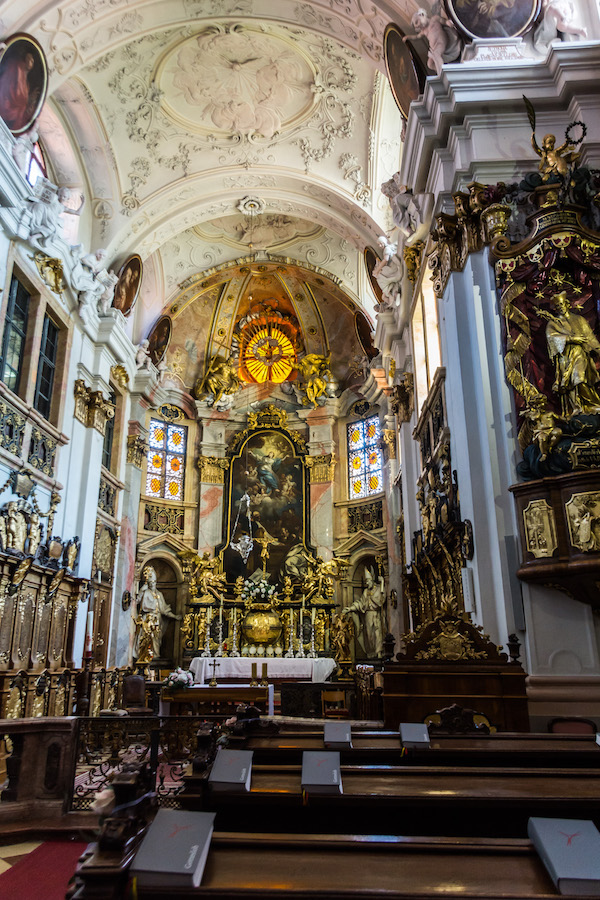
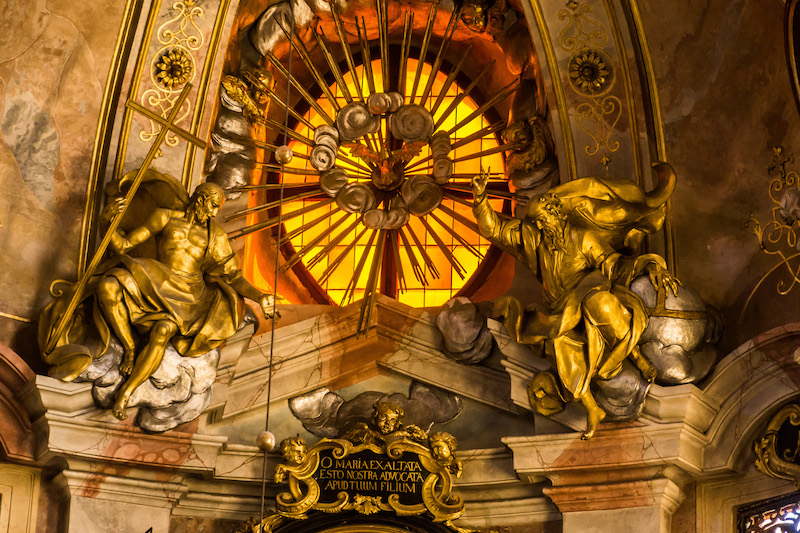
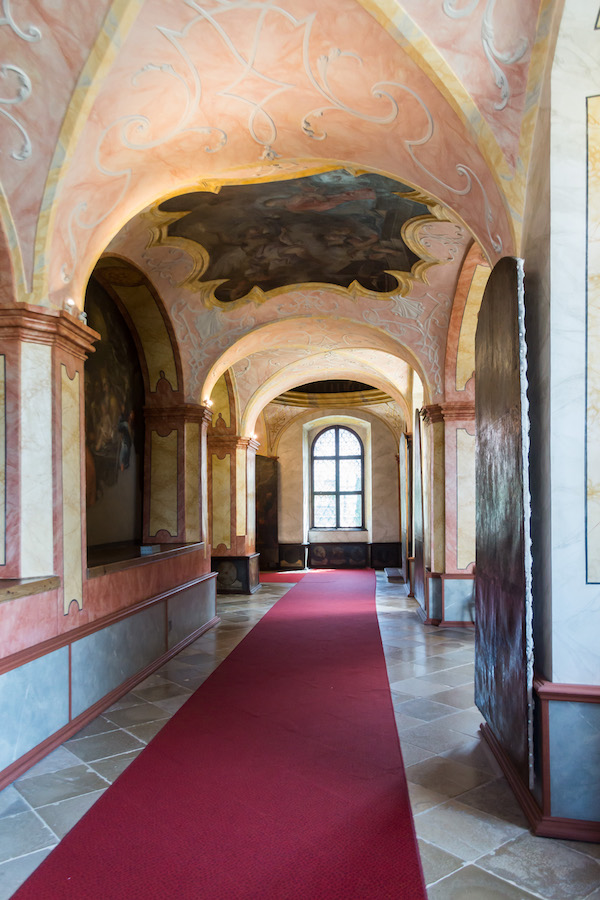
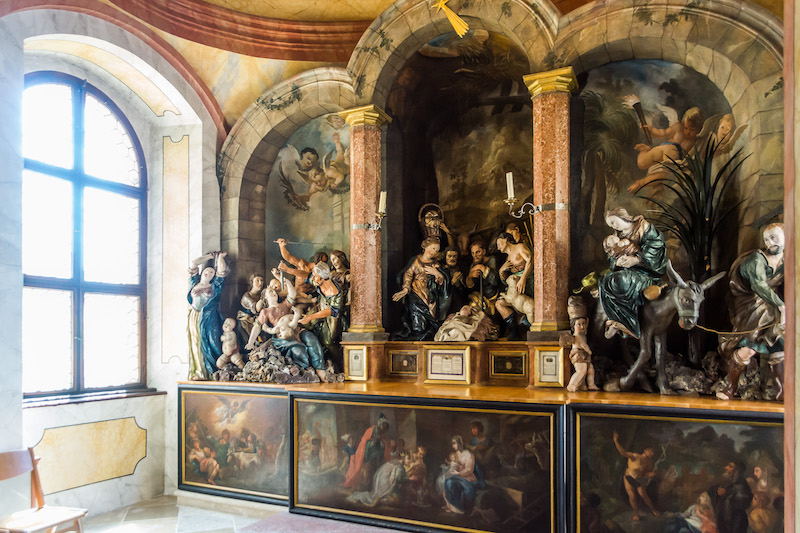
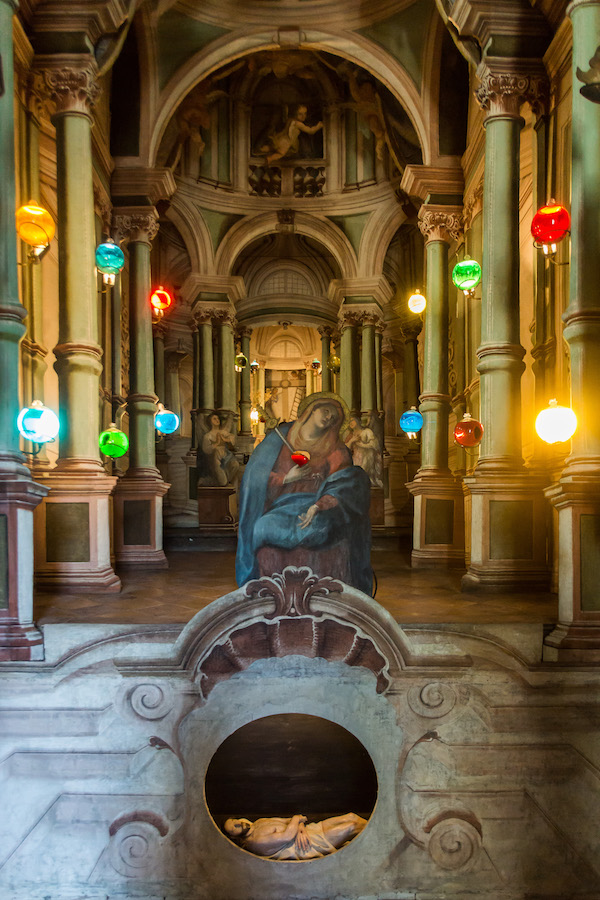
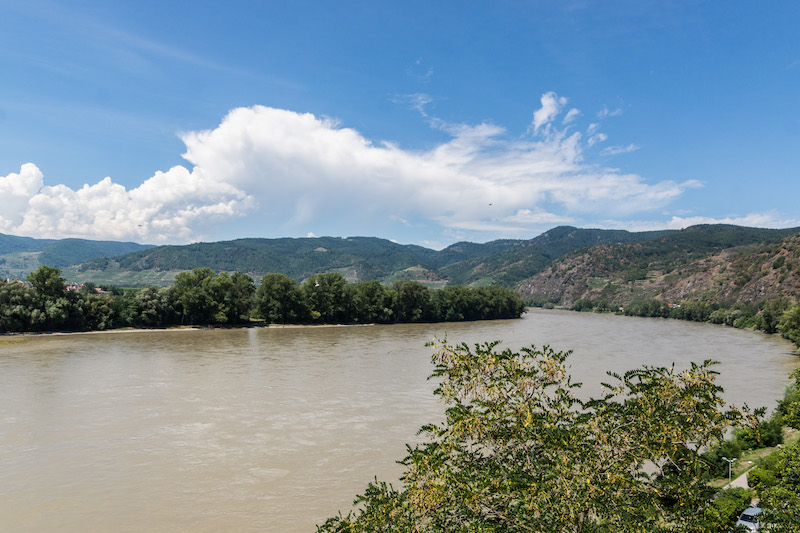
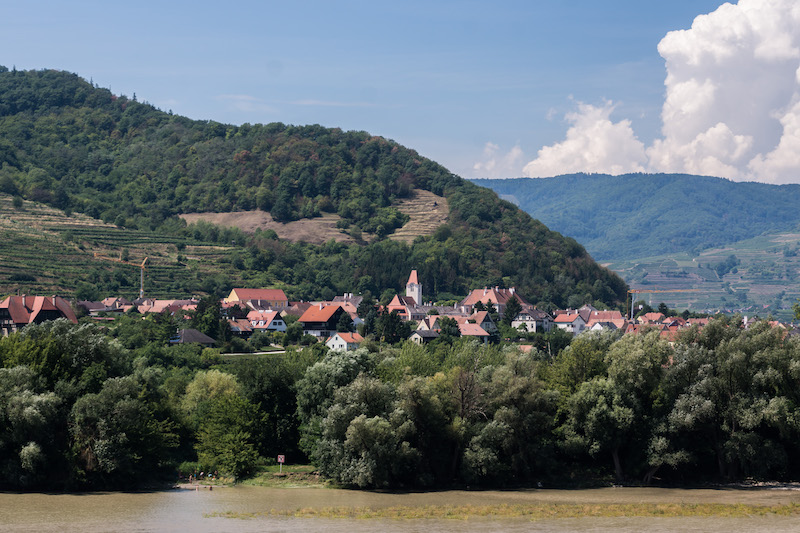
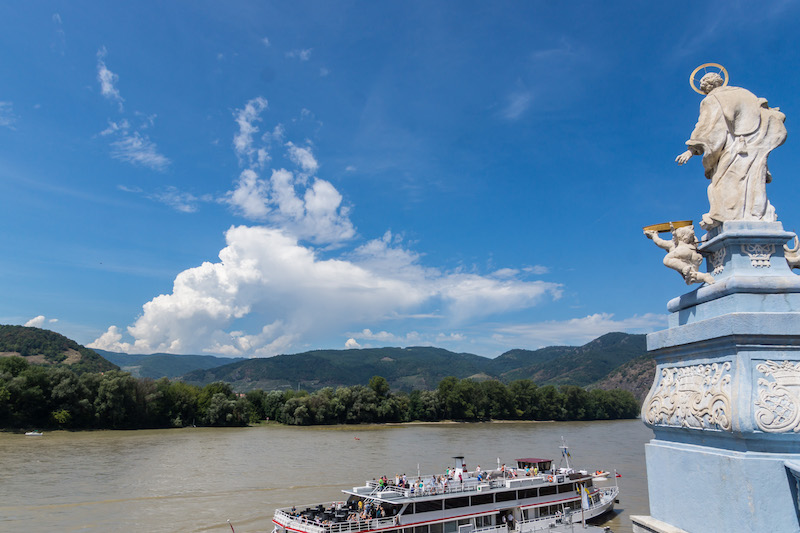
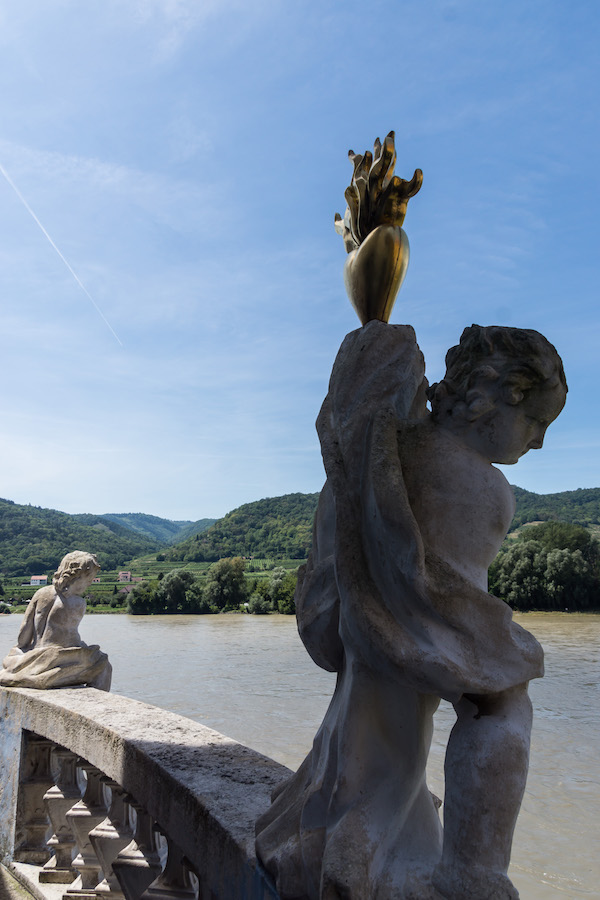
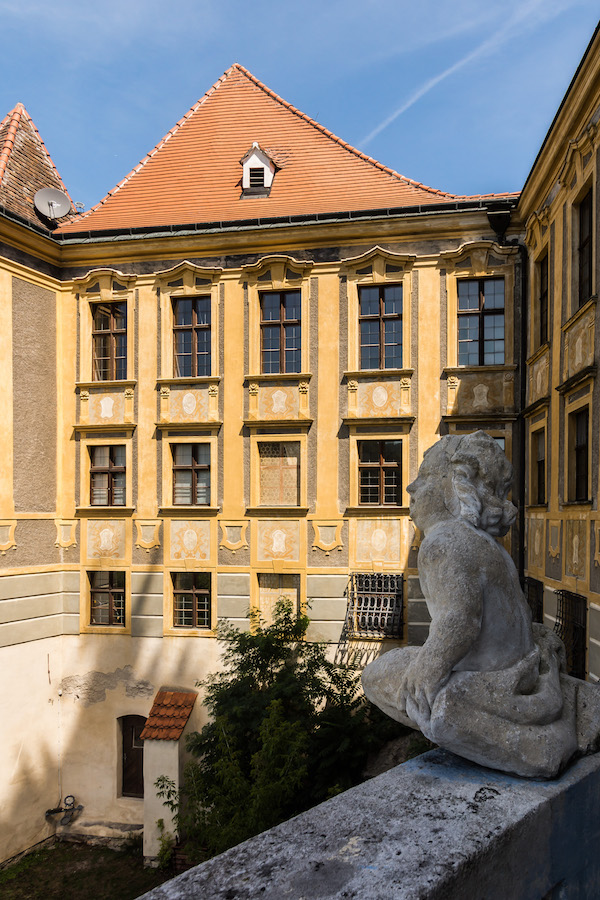
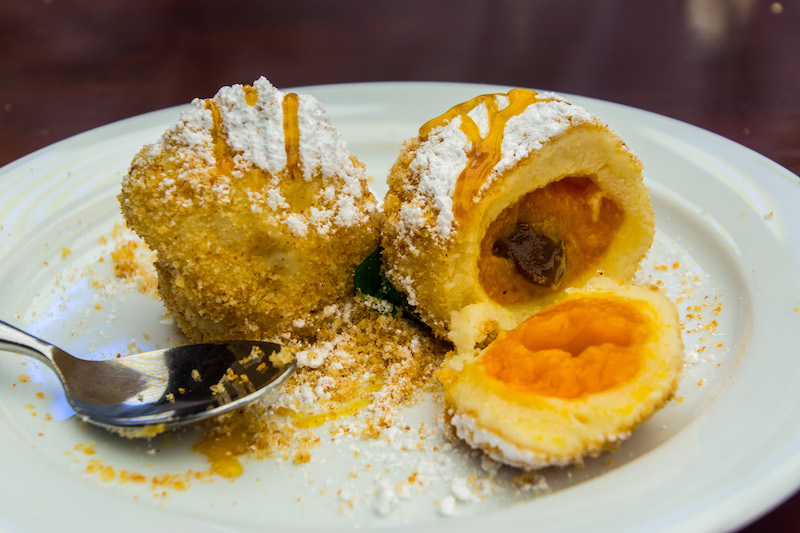
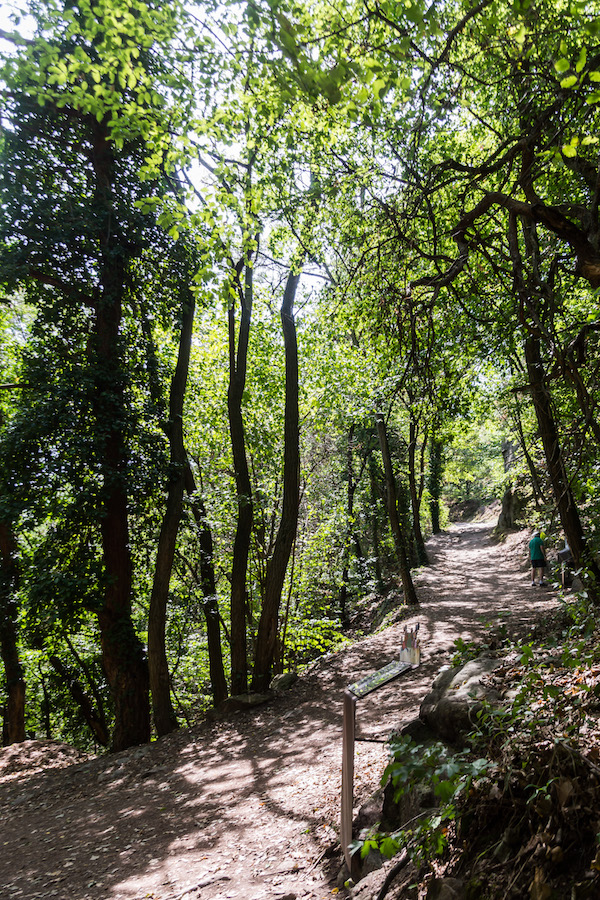
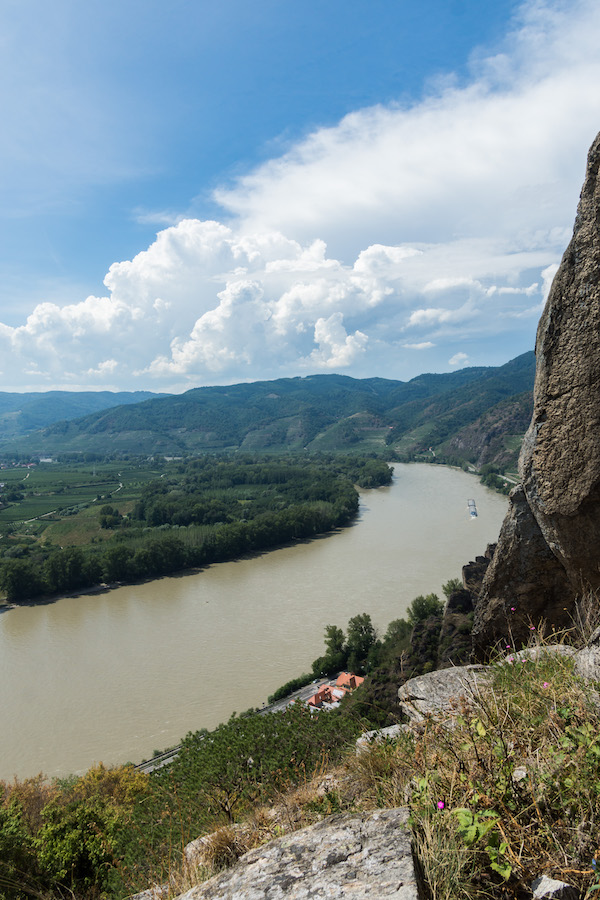
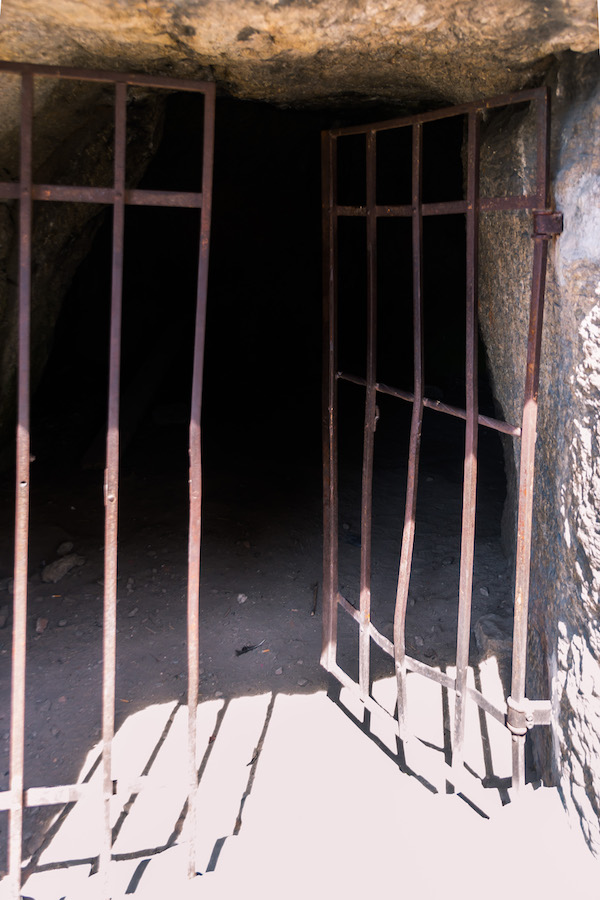
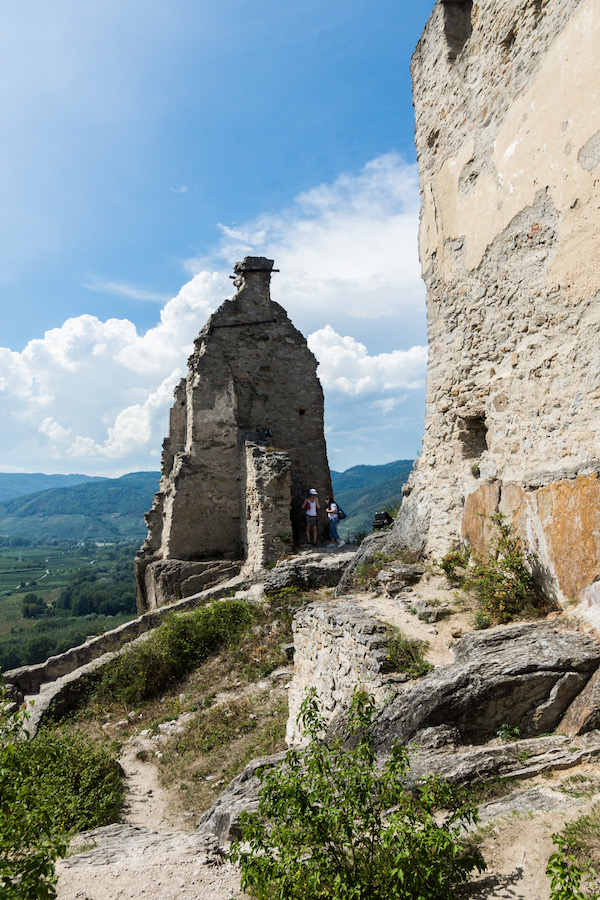
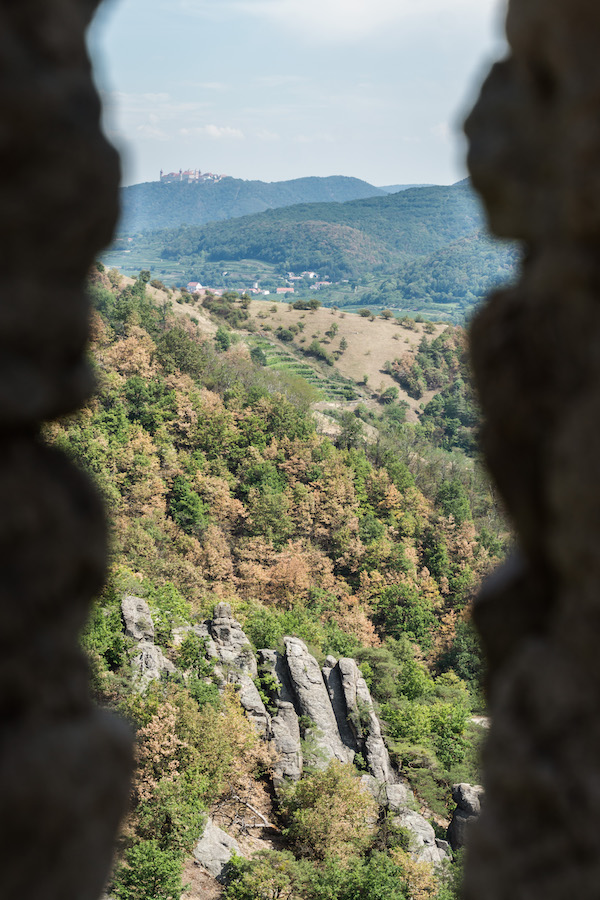
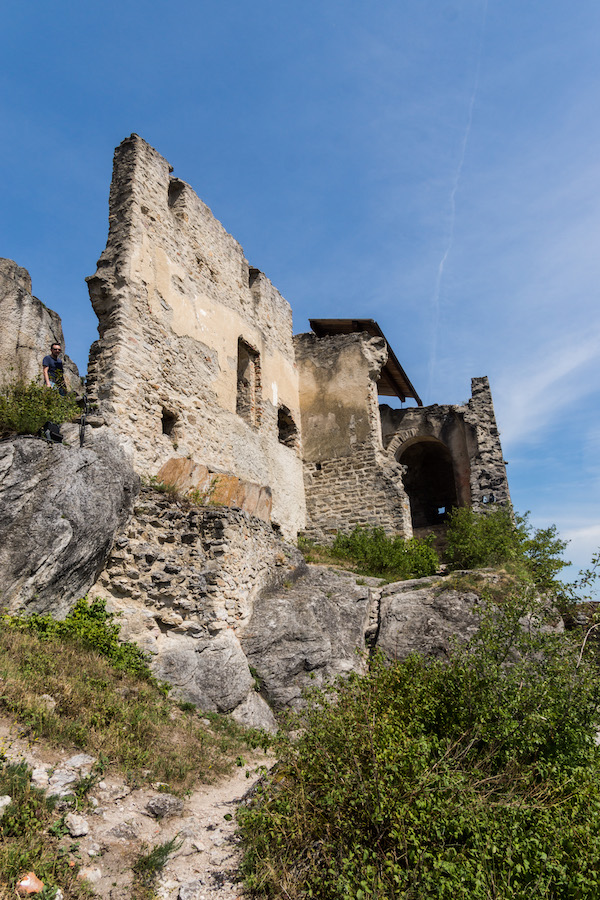
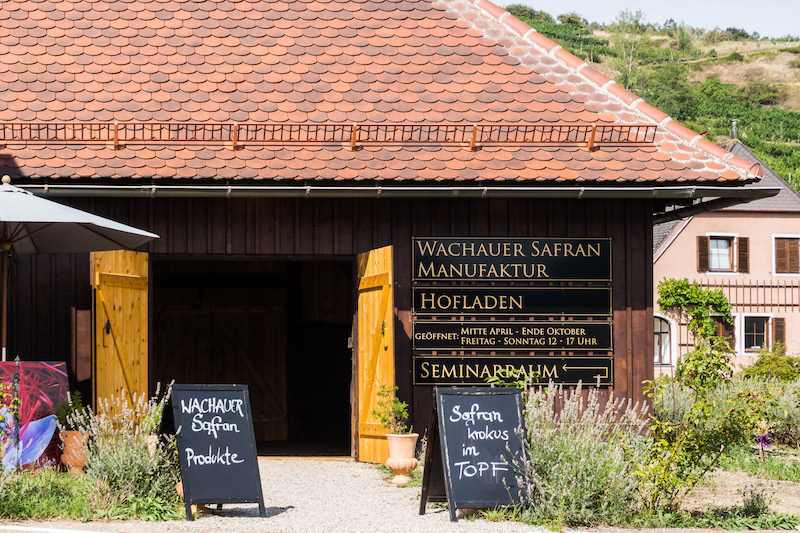
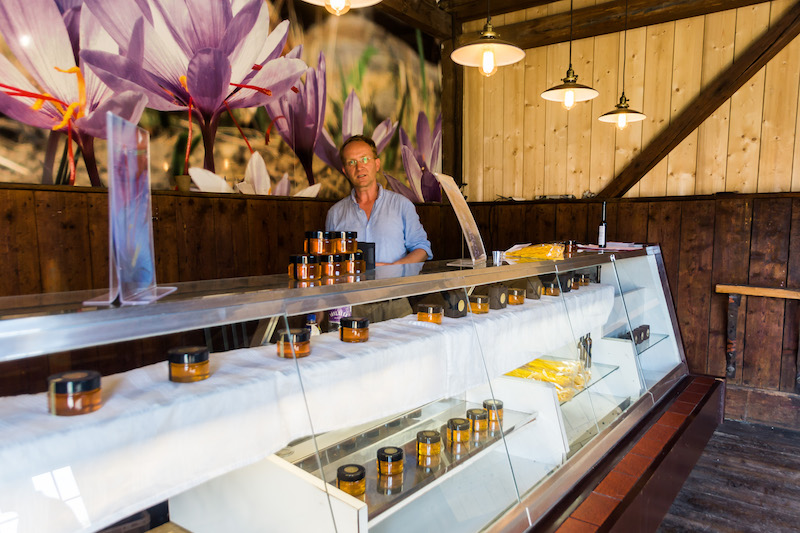
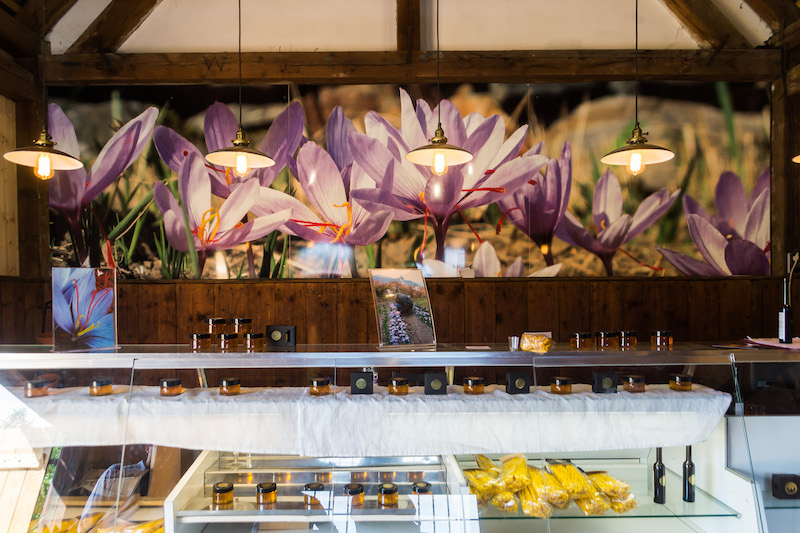
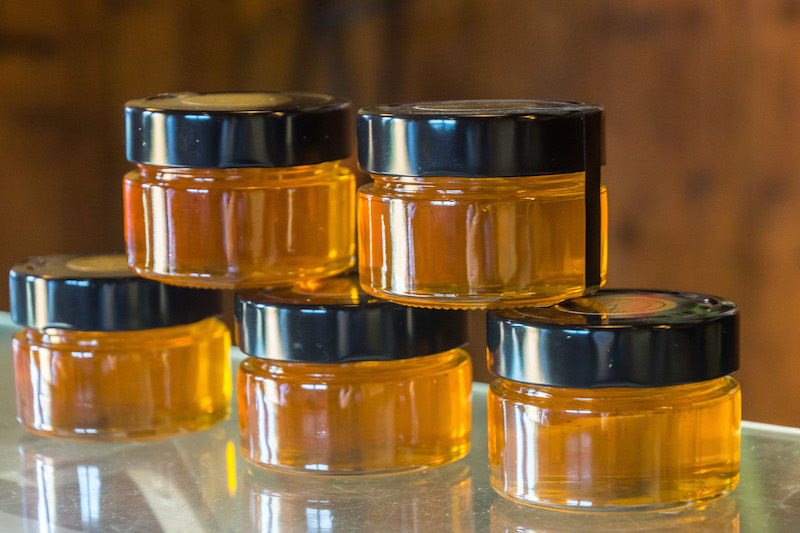

Me gustó mucho María, y la Iglesia preciosa. Que bueno que salieron del calor
Thank you Carmen. I agree the church is very beautiful.